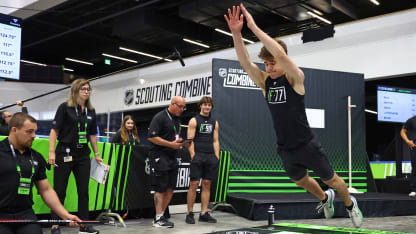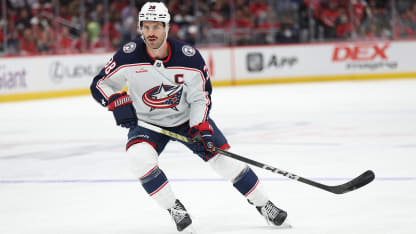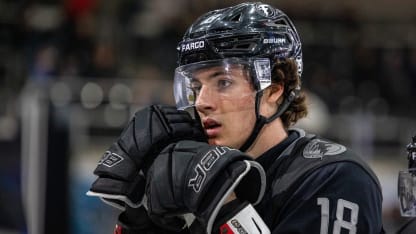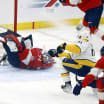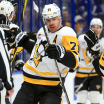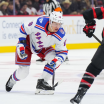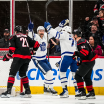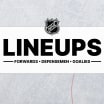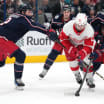The Scouting Meeting is a feature that will run throughout the 2024-25 season, written by Scott Harris, a former director of scouting operations for the Colorado Avalanche and New Jersey Devils and scouting coordinator for the Columbus Blue Jackets.
In his latest piece, he writes about his experiences at the annual NHL Scouting Combine.
During my 17 years in the NHL, with 15 of those directly tied to the draft process, the NHL Scouting Combine always has stood out as a pivotal moment. What began for me as a role centered on information gathering evolved into a deeper involvement, eventually directing draft preparation and decision-making. It was at the combine where that evolution became most visible.
The combine is more than just a fitness test or prospect interview. It's where preparation meets performance, and where every area of the hockey operations group converges. Management, amateur scouts, sports performance professionals, psychologists, medical staff, strength and conditioning coaches all gather in one place with a single goal: to learn everything they can about the top prospects eligible for the upcoming NHL draft.
It's an environment that tests not just the athletes' bodies, but also their mind, character, and presence. Behind the scenes, months and often years of scouting come together with the personal and professional evaluation of each player. The interviews allow clubs to dig into a player's background, values and mindset, while the fitness testing lets them see how players physically project into the NHL level. Every word, every lift, every answer adds to that projection.
The combine is another checkpoint in the list-building and decision-making process of selecting a draft prospect. It can be where beliefs either are affirmed or questioned. It's where front offices seek clarity and confidence of the players as well as their staffs, heading into one of the most important events on the hockey calendar.
Rather than getting caught up in the minutiae of each draft year, I'd rather focus on snapshots of moments that stuck with me, whether they be key players, reactions, moments in time, or real-time glimpses of future NHL stars showing who they were before the rest of the world saw it.
Taylor vs. Tyler
With 2010 being the first combine that I attended, I got firsthand experience of not just the value of the combine process, but the spectacle it can produce. That year, the Taylor Hall vs. Tyler Seguin debate was front and center. As a young NHL scouting coordinator, just being in the forwards' presence -- riding the elevator with them, watching the media buzz around them -- reminded me of the pressure these young players face. It was a front-row seat to hockey's future unfolding in real time.
